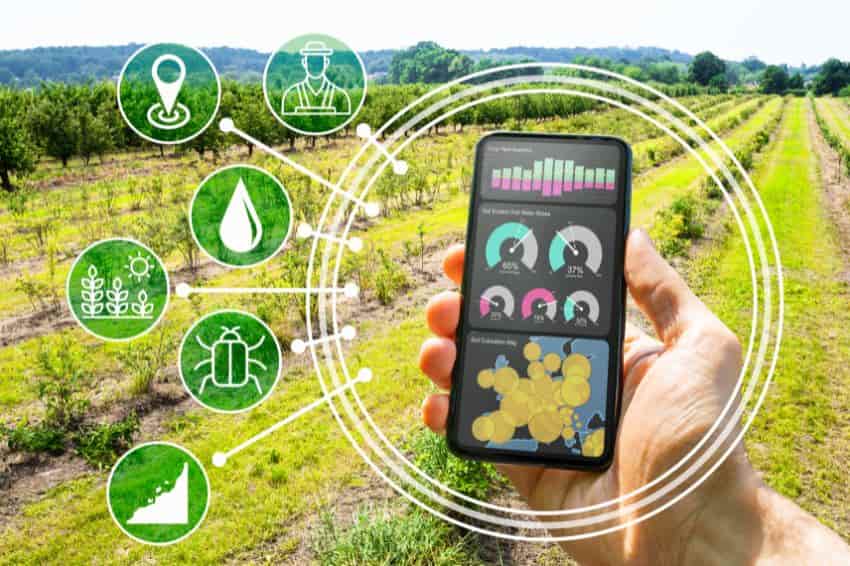-
Новости
- ECOSYSTEM
- ИССЛЕДОВАТЬ
-
Страницы
-
Группы
-
Мероприятия
-
Статьи пользователей
Cultivating the Future: Catalysts for IoT in Agriculture Market Growth

The remarkable and sustained expansion of the global market for smart farming technology is being propelled by a powerful combination of economic, environmental, and social pressures. This significant IoT in Agriculture Market Growth is on a clear path to expand the market's total worth from $10.85 billion in 2024 to an estimated $34.7 billion by 2035. This upward momentum is not accidental but is the direct result of a strategic need to revolutionize how we produce food. Key catalysts, such as the increasing consumer demand for food transparency and sustainability, strong government support for agricultural modernization, and significant improvements in data analytics and artificial intelligence, are creating a fertile ground for the widespread adoption of IoT solutions.
A primary catalyst for market growth is the shifting consumer landscape and the increasing demand for sustainable and traceable food. Modern consumers are more conscious than ever about where their food comes from, how it was grown, and its environmental impact. IoT technology provides the tools to deliver this transparency. For example, data from soil sensors can be used to verify that a farm is using water efficiently, and GPS data can track the use of fertilizers and pesticides. This information can be linked via blockchain or other traceability platforms to a QR code on the final product, allowing a consumer to see the entire journey of their food from farm to table. This ability to meet the growing demand for sustainable and transparently produced food is a major driver for adoption.
Strong government support and initiatives around the world are another powerful force fueling the market. Recognizing the critical importance of food security and the economic potential of ag-tech, governments are actively promoting the adoption of smart farming technologies. This support comes in many forms, including direct subsidies for farmers to purchase new technology, funding for research and development, and the creation of regulatory frameworks that encourage innovation. For example, many governments are investing in improving rural broadband and cellular connectivity, which is a key enabler for IoT in agriculture. This top-down push from policymakers is significantly accelerating the pace of technology adoption in the agricultural sector.
Finally, the continuous advancements in artificial intelligence (AI) and data analytics are a major catalyst for growth. Early IoT systems were good at collecting data, but the real value lies in interpreting it. The integration of sophisticated AI and machine learning algorithms into farm management platforms has unlocked a new level of intelligence. These AI systems can now provide highly accurate yield predictions, detect early signs of crop disease from drone imagery long before the human eye can see it, and provide optimized recommendations for irrigation and fertilization that can change daily based on weather forecasts and real-time sensor data. This move from simple data collection to true predictive and prescriptive intelligence is what is delivering the most significant ROI for farmers and driving the next wave of market growth.
Explore Our Latest Trending Reports:
Intellectual Property Software Market
- Art
- Causes
- Crafts
- Dance
- Drinks
- Film
- Fitness
- Food
- Игры
- Gardening
- Health
- Главная
- Literature
- Music
- Networking
- Другое
- Party
- Religion
- Shopping
- Sports
- Theater
- Wellness


